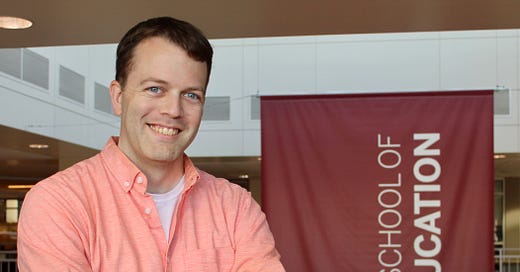I came up with that term years ago. It didn’t refer to anything specific. It was borne out of a feeling that they way we tend to talk about American higher education is too simple, too uniform, too monolithic.
It started to come together while I took summer courses at St. John's College in Annapolis, Maryland. I knew that a college with 500 students, no lectures, no tests, no grades, no textbooks, no NCAA teams, no academic majors, and lots of seminars was… atypical. But if you try to look up how St. John’s is categorized, it will simply be listed as another liberal arts college, one of hundreds.
Summer after summer, I felt like I lacked the words to sufficiently describe my academic experience at St. John’s. More than that, I lacked the awareness of what the lived curricular diversity of the American higher education landscape looked like in practice. How many American colleges could be called “uncommon” in their academic practice? What are the degrees of institutional deviance and how are they measured? Were colleges getting more similar in their teaching or diverging further? Were uncommon colleges, a term I still don’t know how to define, becoming more or less common? And did anybody else even care about this stuff?
With these questions in mind, I decided to leave my job as a public educator and focus full-time on exploring all I could about higher education. I was accepted to Indiana University’s PhD program in higher ed, and I’m in my first year now. Here’s some pictoral validation:
I want to use this space as a formal means of reflecting on what I’m learning, observing, and reflecting on about higher education and the experience of being educated.
If you’d like to see where it all goes, I’m happy to have you along for the ride.
Thanks!
-Matt





I'm here and I demand content!